This essay was originally published on July 9, 2020 in The Arrow: A Journal of Wakeful Society, Culture & Politics.
Settler colonialism has been defined as a structure, not an event, meaning that settler societies like the U.S., Canada, and Australia endure over time through racist laws and ideologies that naturalize the dispossession of Indigenous populations.1Patrick Wolfe, “Settler Colonialism and the Elimination of the Native,” Journal of Genocide Research 8, no. 4 (2006): 387-409. One of the most effective strategies that settler states rely on to eliminate Indigenous peoples and their power is the idea that their knowledges are primitive and superstitious, examples of failed epistemology.2Linda Tuhiwai Smith, Decolonizing Methodologies: Research and Indigenous Peoples (New York, NY: Zed Books, 1999). This view is rooted in an Enlightenment-born materialism that asserts that legitimate knowledge can only be produced through narrow empirical methods, relegating the negotiations of immaterial life to the social margins.3Stanley Tambiah, Magic, Science, Religion and the Scope of Rationality (Cambridge, UK: Cambridge University Press, 1990). As the colonial project progresses, legitimate knowledge production is simultaneously tethered to race and power (reserved to the white and landed), resulting in what we have come to know as modernity.4Walter Mignolo, “Delinking: The Rhetoric of Modernity, the Logic of Coloniality and the Grammar of De-coloniality,” Cultural Studies 21, no. 2 (2007): 449-514; Aileen Moreton-Robinson, The White Possessive: Property, Power, and Indigenous Sovereignty (Minneapolis, MN: University of Minnesota Press, 2015).
Indigenous peoples are not only still fighting for their land, they’re fighting for the protection of all land.
Settler colonialism seeks to eliminate Indigenous populations in order to monopolize resources for the sake of capital. It operates through laws and racist ideologies, but also through conceptualizations of the natural world as white men’s for the human taking. Settler colonialism operates from its own metaphysic, producing what I call a settler ecology, which dispossesses peoples but also lands. If settlers want to understand how to effectively address environmental crises, then they have to interrogate the logics of settler colonialism—racialization, white supremacy, and myths of development—as structural dimensions of modern life. Our collective quarantine has dovetailed into an all-out revolution; one that is an all-out indictment of colonialism itself. This time is ripe for this very conversation.
Challenging Ideological Assumptions
As a scholar of Native American and Indigenous Religious Traditions and Tibetan Buddhism who is also a Chicana of Apache descent, I am personally interested in how Indigenous peoples operationalize religious action as an expression of refusal—a refusal to give up their lifeways and claims to their lands in the face of ongoing settler colonialism. This refusal is most powerfully expressed when Indigenous populations defy racialized characterizations of their lifeways and continue to live and act in ways that accord with the ethics and realities embedded in their respective metaphysical worlds. I choose to amplify both Native and Tibetan voices in my research because they challenge these ideological assumptions by continuing to invoke and honor the unseen world and its role in human wellness. In doing so, they help make the deeply racist hierarchies around knowledge, power, and peoples that drive existing settler colonial projects around the world more visible.
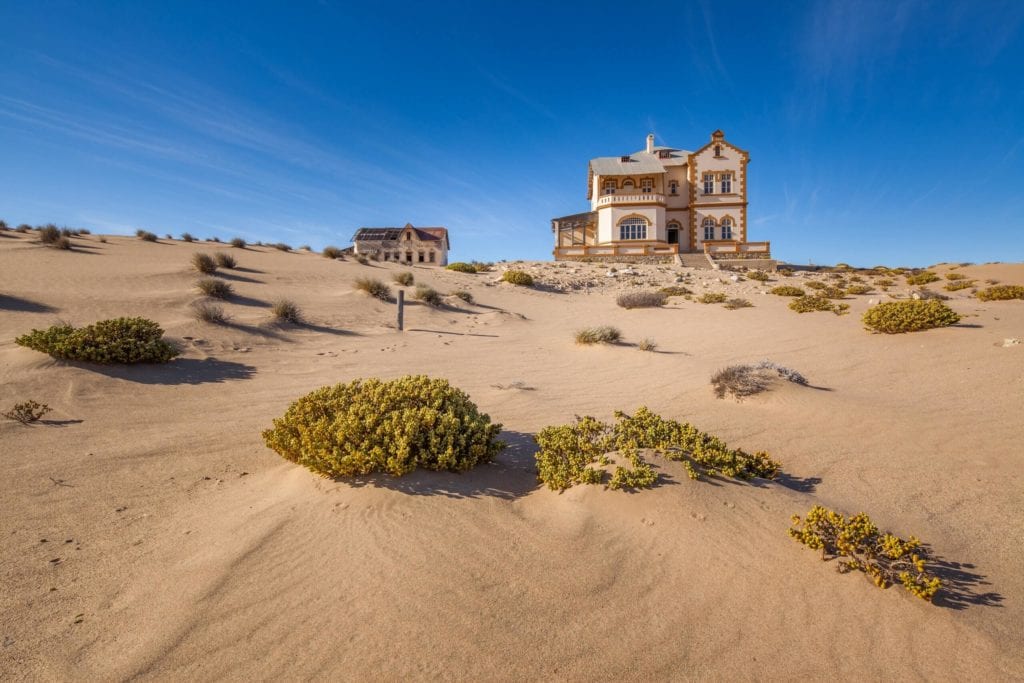
Personally, I have grown weary of the liberal left handwringing that expresses horror and concern for dispossessed peoples yet makes little to no effort to challenge or transform these structures of oppression. These laments have grown in the time of Covid-19, and have led to mass protests after the murder of George Floyd, but now it is settlers and not just Indigenous peoples who are made vulnerable to the violence and neglect of the state. In this essay, I call on all settler allies, Buddhist and otherwise, to refuse the structures that uphold settler colonialism in solidarity with Indigenous peoples by building on the ideological and ethical connections forged since Standing Rock, such as land-based ethics and ecological wellness. My intention is to help connect the dots between settler ideologies/praxis and the material dispossession of peoples/lands for settler allies, so that they may use this period of quarantine and crises to recognize their power and mobilize to these ends.
The #NoDAPL movement at the Standing Rock Reservation in the Dakotas in 2016-2017 brought Native sovereignty efforts back into the national, even global, consciousness. One of the major impacts of that movement was the visual narrative it provided: Native Americans on horseback or lined in up prayer, facing off against hyper-militarized police forces. The coordinated efforts by federal, state, and local police with private security forces to protect Energy Transfer Partners’ aims of building the pipeline at all costs communicated to the public that once again Indigenous lives and lands would be sacrificed for the sake of capital. While these acts of violence were generally ignored by mainstream news, they went viral on social media, stoking waves of solidarity from Native and non-Native supporters around the world. Many U.S. citizens were shocked to learn that Native peoples still battled with the state over land rights due to broken treaties, and were forced to grapple with the banal reality of settler colonial aggression that claims lands for settlers at the expense of Indigenous lives.
A critical discourse that emerged from this struggle was the assertion by Native peoples that they are “protectors,” not protesters; they are stewards of the land, responsible for protecting and nurturing the life force within it. In the few years since Standing Rock, Indigenous peoples around the world have strengthened their networks to support land-based stewardship efforts along with environmental wellness more generally, helping all of us to reconceptualize our ways of living and being in relation to the land.
Earth-Centered Ethics
If we, collectively, want to fight climate crises, then we need to reclaim land-based ethics—ethical relationships to the land and the other-than-human. These ethics are earth-centered, meaning they are driven by the immediate needs of the land, not peoples. Land-based ethics in an Indigenous context can be understood through the stand-off at Standing Rock itself, particularly through the discourse of “protector, not protester.” Here, Native peoples are citing a sacred responsibility to care for the land—to act as its stewards, responsible for protecting and nurturing the life force within it. In short, the needs of the people are met through the land, so the needs of the land must be met by the people.
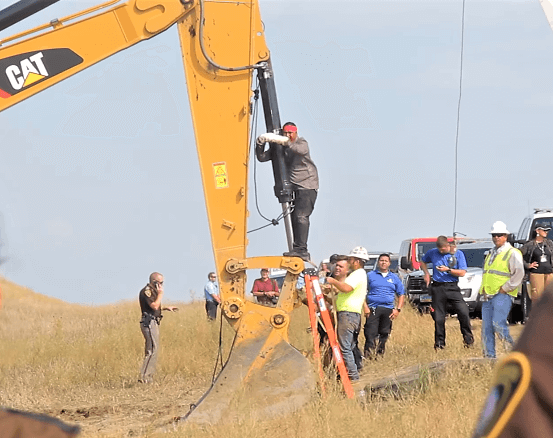
This ethic was most clearly articulated through the daily activities of the Sacred Stone Camp, the central hub of the #NoDAPL movement. Sacred Stone Camp was named for the sacred place where the pipeline would pass near what Lakota and Dakota or Oceti Sakowin peoples call “the river Inyan Wakan Kagapi Wakpa, or River Where the Sacred Stones Are Made—wakan translating as sacred or holy.”5Peter B. Campbell, “‘Those Are Our Eiffel Towers, Our Pyramids’: Why Standing Rock Is about Much More Than Oil,” The Guardian, May 15, 2017, https://www.theguardian.com/science/2017/may/15/those-are-our-eiffel-towers-our-pyramids-why-standing-rock-is-about-much-more-than-oil. Historically, this had been a place of ceremony, so naturally the camp itself held ceremony around the clock, whether in the form of sweat lodges, all-night singing and prayer, or tribally specific dances; all actions, great and small, were directed at protecting the lands in their entirety were an expression of this larger ceremony.6Charles Carlin, “The Ethics of Ceremony at Standing Rock,” Edge Effects, October 6, 2016, https://edgeeffects.net/ceremony-at-standing-rock. Here, Oceti Sakowin’s land-based ethics are communicated through praxis: Protecting the water is about ensuring the future life and wellbeing of the people and the land. The two are co-extensive, in the same way that affirming their sacred relationships to the lands and the spiritual power within them affirms Oceti Sakowin sovereignty, since it is this mutuality with the land that evinces Indigenous expressions of sovereignty.7Leanne Betasamosake Simpson, Dancing on Our Turtle’s Back: Stories of Nishnaabeg Re-Creation, Resurgence and a New Emergence (Winnipeg: ARP Books, 2011), 89.
Inspired by these acts of refusal, Indigenous peoples from all over the Americas (and beyond) gathered at the camp to collectively honor these sacred lifeways as the source of all authority. Together, they supplicated the spirit world and coalesced their spiritual power, singing, dancing, and praying this protection into being. These expressions of ceremony were celebratory and community building, but also pedagogical: They were teaching non-Native people about Indigenous land-based ethics and protocols.
Buddhist resonance with Indigenous stewardship helps us understand how earth-centered ethics as an existential goal tethered to human/land survival are viable to many.
In addition to the diverse Indigenous peoples who joined the camp, there were many settler allies, some of them Buddhist. A number of Buddhist clergy and practitioners joined with other religious leaders in prayerful solidarity, several even putting their bodies on the line through nonviolent forms of protest. A first-hand account by one Buddhist ally, Wendy Egyoku Nakao of the Zen Center of Los Angeles (ZCLA), asserts both the intention to bear witness to Native suffering, given the ongoing effects of genocide, as well as an embodied realization that settlers in the U.S., collectively, reside on Native lands. She intimates that the Native land-based ethics articulated at Standing Rock resonate as a result of a deep somatic awareness developed in meditation practice, describing how she has experientially come to know the land as it speaks to practitioners of its storied history:
The little Zen mountain of ZCLA is a power spot; one can certainly feel the energy of the place just walking in. The roots of spiritual energy go deep. We are on sacred land of people going back thousands of years. I feel that the energy and voices of the Native Americans from all those generations past are continually speaking to us when we listen to the sense of this place.
Its power motivates her and others to act: “Indigenous peoples throughout the world, and non-native allies, are being drawn to the energetic vortex of these encampments to offer support,” demonstrating that this realization is worthy of some sort of action of support on her part.
Similarly, a statement of solidarity with Indigenous land protectors from One Earth Sangha referred to Buddhist tenets on the preservation of life and earth-oriented directives from Buddhist leaders, such as Thích Nhất Hạnh: “We have to start learning how to live in a way so that a future will be possible for our children and our grandchildren. We need a kind of collective awakening. We have the dharma; we have the means; we have enough wisdom. We do not have to sink into despair… we can act.” In essence, this support is Buddhism in action. It is living the dharma to its fullest integrity.
Importantly, this statement of solidarity links ecological atrocities to colonial domination and even legal discourses, such as the Doctrine of Discovery, a series of papal bulls that declared lands not inhabited by Christians open to seizure by right of “discovery” (theft). Shawnee/Lenape legal scholar Steve Newcomb argues that the Doctrine of Discovery is rooted in Christian conceptions of a “natural order”—in essence, a Christian metaphysic that justifies human (specifically Christian) dominion over the earth.8Steve Newcomb, Pagans in the Promised Land: Decoding the Doctrine of Christian Discovery (Golden, CO: Fulcrum Publishing, 2008). Settler colonial projects relied on such ideologies to justify Indigenous enslavement, genocide, and dispossession. The use of the Doctrine of Discovery in the U.S. legal system redefined Native title, opening the doors for Indian removal but also for Native nations to be redefined as domestic dependent nations under the purview of the state.
The Radical Agency of Earth
Like these Buddhist allies, Ven. Bhikku Bodhi argues that climate crises will not be solved by technology; it necessitates a paradigm shift—another way of viewing the world entirely. He refers to settler colonial logic as the corporate paradigm, one that operates through objectification: “It treats everything—people, animals, and trees, rivers, land, and mountains—as objects to be utilized to generate financial gain for corporations, their executives, and their shareholders.” Buddhist teachings brought to the West have been so impactful partly because of their ability to offer a new paradigm—an alternative to the Christian metaphysic that drove manifest destiny as well as its secular, materialist cousin that drives development. Buddhist views often center land-based logics as not just fundamental to practice but also fundamental to understanding what it means to be human. In Shambhala: The Sacred Path of the Warrior, Chögyam Trungpa emphasized the earth’s role in the process of knowing our true nature but also the nature of reality, in its rawness, in its “nowness.”9Chögyam Trungpa, Shambhala: The Sacred Path of the Warrior (Boulder, CO: Shambhala Publications, 2007), 102. As we behold each element and its natural expression, such as raindrops and flowers, we are confronted with a neutral and apparent world,10Ibid., 112. with an opportunity to be radically present to who and what we are.
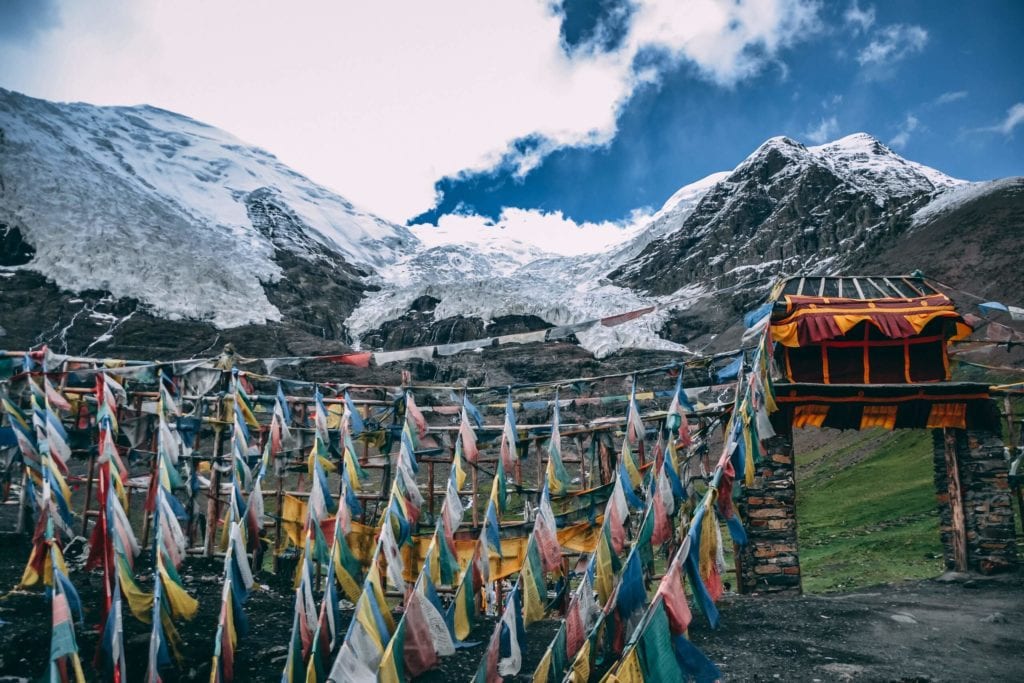
Beyond the earth’s role in our own awakening, Trungpa offers up a Tibetan metaphysic that distinguishes the greater world into three sections (lha, nyen, and lu), each with their own characteristics. He calls these an “order of the cosmic world” that provides a protocol for living “rooted in the laws of the earth.”11Ibid., 150. In this context, lha refers to “the highest points on earth” (e.g., snow-capped mountain peaks); nyen to “the great shoulders of the mountains… forests, jungles and plains; and lu to water, “the realm of oceans and rivers and great lakes.”12Ibid., 151-152. Here, “human beings can weave themselves into that texture of basic reality” by understanding themselves as a microcosm of the natural world, from its snowy heights, such as mountaintops (lha) to its watery depths (lu), that must accord to its cycles, cultivating the land and nurturing it through its seasons.13Ibid., 151. In doing so, we can wake up to what Trungpa refers to as basic goodness14Ibid., 11-12. and with it our responsibility to care for others. As we develop a sense of intimacy with the earth through understanding ourselves as co-extensive with this dynamic order, we can better realize the mutuality at work—it provides for our needs, and in turn, has needs we must tend.
One can’t help but hear the earth’s agency intimated in Trungpa’s words; the earth has its rhythms that humans must learn to accord with them. I hear a land-based ethic here—one that centers land, but provides a clear goal for human life: to steward land. This goal serves both the land, but also the ultimate purpose of human insight. In essence, as one learns to be responsible to oneself and others, one is awakened to what it means to live in the world. These existential goals are resonant with Native American worlds. Native peoples in the Americas understand the universe as alive and sentient. Since all persons—human and other-than-human—such as plants, animals, rivers, winds and mountains are expressions of life-force or spirit, they are understood to be interconnected and contingent. Relatives. Native peoples seek to honor this life force through prayer and ceremony because it has given them life and continues to secure their survival.15Vine Deloria, Jr., God is Red: A Native View of Religion: The Classic Work Updated (Golden, CO: Fulcrum Publishing, 1994). The spirit world responds dialectically to minute (and concentrated) propitiations by the people in order to effect change on their behalf. As a result, the people act as stewards of the land, protecting and nurturing the life within it.
If we, collectively, want to fight climate crises, then we need to reclaim land-based ethics—ethical relationships to the land and the other-than-human.
This reciprocal relationship is mutually self-sustaining. While spirit is understood to be everywhere, some spiritual forces are place-specific. Native peoples have built relationships with the spiritual power of those places over time. The spirit world communicates to the people through the land and greater cosmos, instructing the people on the protocols for living in this place.16Vine Deloria Jr. and Daniel Wildcat, Power and Place: Indian Education in America (Golden, CO: Fulcrum Resources, 2001). The foundation of Indigenous religious life is maintaining an individual and collective relationship to local bioregions and the spirit world. Protecting sacred places is important because it ensures the future life and wellbeing of the people as well as the lands.
The Ethics of Dispossession
Land-based struggles have only escalated since Standing Rock. Indigenous land defenders in the U.S., Canada, and around the world are criminalized and often targets of violence. The murder and extrajudicial killing of Indigenous leaders has become commonplace in Central and South America, but also in places like Nigeria, Congo, Gabon, Sri Lanka, Myanmar, Cambodia, Laos, Vietnam, Indonesia, Malaysia and the Philippines. Environmental devastation is no accident. The environmental dispossession of Indigenous peoples is directly produced by specific but overlapping histories of colonialism. The dispossession that founded the Americas is born out of the same set of ethics that bore unmanaged resource extraction. Climate scientists now date the start of the Anthropocene—the geological period where human activity has made the most impact on climate and the environment—to the 16th century, the start of the colonial period, which initiated a singular global economic system that increasingly relied on the exploitation of lands and peoples. The large-scale annexation of lands by European powers catalyzed the death of millions of Indigenous people through the introduction of new pathogens, resulting in massive reforestation that literally cooled the planet enough to disrupt agriculture cycles and cause famines across Europe. Since that time, this new global economy has had the opposite effect. Deforestation for agriculture and urban development has accelerated the release of greenhouse gases, warming the planet by around 1°C over the past century. Environmental crises have been unintentionally cultivated for centuries by settler ecologies that singularly focus on the production of capital and retention of power for wealthy elites and first-world nation-states.
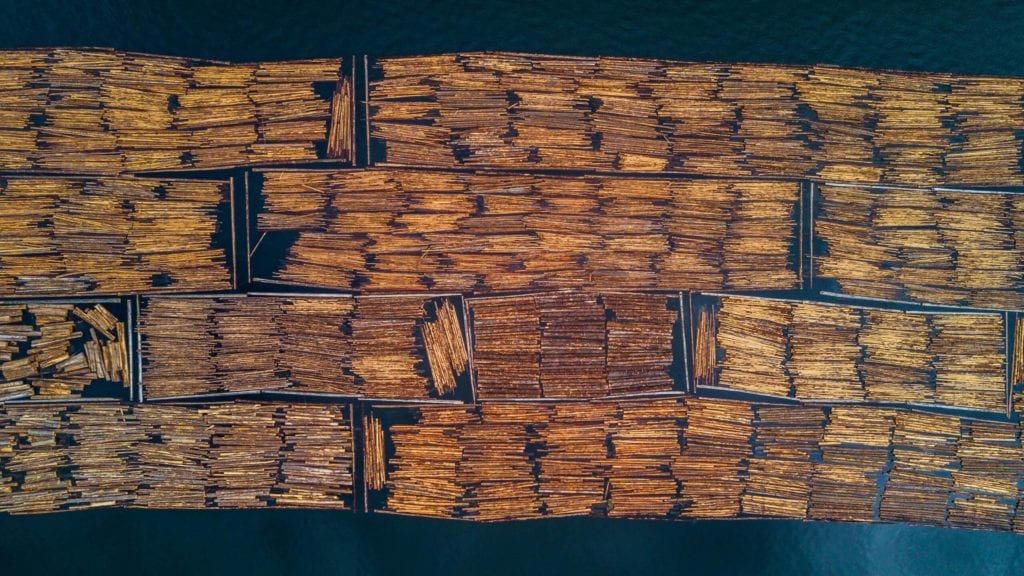
Indigenous movements of stewardship have already shifted our national consciousness. Settlers can no longer ignore the damaging effects of white supremacy and settler colonialism, mostly because it is directly impacting the health and wellbeing of the land, as well as their own health. Environmental crises are not just about climate change or ecological collapse, but also lethal pandemics such as the one we are current experiencing, Covid-19. These kinds of lethal diseases are introduced to human communities as we increasingly over-develop lands: “Emerging diseases have quadrupled in the last half-century, experts say, largely because of increasing human encroachment into habitat, especially in disease ‘hot spots’ around the globe, mostly in tropical regions.”17Jim Robbins, “The Ecology of Disease,” The New York Times, July 14, 2012, https://www.nytimes.com/2012/07/15/sunday-review/the-ecology-of-disease.html. Settler ecologies have failed to acknowledge or understand that lands are delicate ecosystems. Their attendant global economy is decidedly asymmetrical: “Demand for wood, minerals, and resources from the Global North leads to the degraded landscapes and ecological disruption that drives disease.”18John Vidal, “Destruction of Habitat and Loss of Biodiversity Are Creating the Perfect Conditions for Diseases Like Covid-19 to Emerge,” Ensia, March 17, 2020, https://ensia.com/features/covid-19-coronavirus-biodiversity-planetary-health-zoonoses/. Settlers must understand that Indigenous dispossession was never about a people’s inferiority or need for “civilization”; it was about greed and the hoarding of land/resources by a class of elites—elites that coordinate the operation of nation-states and industries. In a time when intersectional forms of analysis have become critical to understand the connections between race, class, gender, and sex disparities, we, collectively, must understand the link between the horrors of racist land dispossession to the very methods of development that drive our modern world, and to the additional horrors of Indigenous death, disease, and environmental devastation they bring.
I call on all settler allies, Buddhist and otherwise, to refuse the structures that uphold settler colonialism in solidarity with Indigenous peoples by building on the ideological and ethical connections forged since Standing Rock, such as land-based ethics and ecological wellness.
While many have become acquainted with the Gaia hypotheses, or the idea that the earth is a living, self-regulating system, they assume that the land is totally autonomous.19“Gaia Hypothesis,” Encyclopaedia Britannica, https://www.britannica.com/science/Gaia-hypothesis. Not quite. In a Native context, the land relies on its human relatives to care for it because they are uniquely equipped to do so. However, the people are not set apart from the land; they are understood to be an extension of all life, which includes the land.20Deloria, God is Red. As the human expression of the larger cosmic order, stewardship provides the space for humans to demonstrate their responsibility to the land and one another and with it the possibility of maturity, maybe even the wisdom that comes from ecological intimacy.21Deloria and Wildcat, Power and Place, 25. As noted above, Native ceremonies produce power that contribute to the wellbeing of the peoples, human and other-than-human, but also the land. Again, all these players are understood to be interdependent. The Buddhist expressions of allyship outlined above are also rooted in this non-dual understanding of human life as interdependent with the greater world, and thus beholden to care for all beings with compassion. Buddhist resonance with Indigenous stewardship helps us understand how earth-centered ethics as an existential goal tethered to human/land survival are viable to many. Both lifeways challenge materialist assumptions of the natural world and re-evaluate its role in relation to human life.
Deeper engagement with these views helps us collectively reconsider the nature of reality and think about the world in a new way—as a place that is sentient and alive, even invested in our collective wellbeing. As a place that is in conversation with us, not just a passive object for us to do with as we will. Settlers in particular are better enabled to recognize that they can no longer leave the burden of environmental wellness to Indigenous peoples. The power to dismantle settler ecologies lies in the collectivization of our skills and resources, much like the mutual aid that has sprung up in response to Covid-19. But it also necessitates learning what it means to be an ally to Indigenous peoples and the land, and to act in solidarity with both. When we, collectively, consider the ethical stakes of Indigenous stewardship, we are forced to grapple with what it means when Indigenous peoples assert that the land—and its inhabitants—are sovereign. We are forced to rethink the hierarchical nature of power that produces racialization, colonialism/imperialism, and Indigenous dispossession. We are forced to reevaluate the stigmatized assumptions of Indigenous knowledge, specifically Indigenous ecology and science, which are rooted in religious worldviews. In the process, Indigenous stewardship as a political project that refuses continued settler colonial violence is made legible, even tenable.
The land-based ethics that drive Indigenous stewardship movements and expressions of Buddhist solidarity remind us that Indigenous peoples are not only still fighting for their land, they’re fighting for the protection of all lands. These land-based movements are waging a response to the total war that has been directed at Indigenous peoples for centuries, waging refusal against settler ecologies and the multiple logics of colonialism that maintain them. This is a struggle for power that we are all entrenched in, depending on our positionality and access to power and privilege. Indigenous peoples are cueing others to recognize an earth-centered metaphysic, an interconnected and sentient reality that is already recognized by many Buddhists and is emerging among other like-minded allies. Settler allies have the power and means to boost Indigenous voices and views. The forced stillness that Covid-19 has brought to the most privileged among us can and should be used to strategize. To re-assess how to move forward equitably with more coherent ethics. How might we, collectively, use this time of reflection but mass protest against racist extrajudicial killings to better ground into our sense of reciprocity and find ways to support the most vulnerable among us? How might we interrogate and challenge all forms of bias and corrupt power? How might we deepen our awareness that we are the ecological world? These ideological shifts are our future; may their recognition help us dismantle settler structures of dispossession as if our lives are at stake. Because they are.
References
- 1Patrick Wolfe, “Settler Colonialism and the Elimination of the Native,” Journal of Genocide Research 8, no. 4 (2006): 387-409.
- 2Linda Tuhiwai Smith, Decolonizing Methodologies: Research and Indigenous Peoples (New York, NY: Zed Books, 1999).
- 3Stanley Tambiah, Magic, Science, Religion and the Scope of Rationality (Cambridge, UK: Cambridge University Press, 1990).
- 4Walter Mignolo, “Delinking: The Rhetoric of Modernity, the Logic of Coloniality and the Grammar of De-coloniality,” Cultural Studies 21, no. 2 (2007): 449-514; Aileen Moreton-Robinson, The White Possessive: Property, Power, and Indigenous Sovereignty (Minneapolis, MN: University of Minnesota Press, 2015).
- 5Peter B. Campbell, “‘Those Are Our Eiffel Towers, Our Pyramids’: Why Standing Rock Is about Much More Than Oil,” The Guardian, May 15, 2017, https://www.theguardian.com/science/2017/may/15/those-are-our-eiffel-towers-our-pyramids-why-standing-rock-is-about-much-more-than-oil.
- 6Charles Carlin, “The Ethics of Ceremony at Standing Rock,” Edge Effects, October 6, 2016, https://edgeeffects.net/ceremony-at-standing-rock.
- 7Leanne Betasamosake Simpson, Dancing on Our Turtle’s Back: Stories of Nishnaabeg Re-Creation, Resurgence and a New Emergence (Winnipeg: ARP Books, 2011), 89.
- 8Steve Newcomb, Pagans in the Promised Land: Decoding the Doctrine of Christian Discovery (Golden, CO: Fulcrum Publishing, 2008).
- 9Chögyam Trungpa, Shambhala: The Sacred Path of the Warrior (Boulder, CO: Shambhala Publications, 2007), 102.
- 10Ibid., 112.
- 11Ibid., 150.
- 12Ibid., 151-152.
- 13Ibid., 151.
- 14Ibid., 11-12.
- 15Vine Deloria, Jr., God is Red: A Native View of Religion: The Classic Work Updated (Golden, CO: Fulcrum Publishing, 1994).
- 16Vine Deloria Jr. and Daniel Wildcat, Power and Place: Indian Education in America (Golden, CO: Fulcrum Resources, 2001).
- 17Jim Robbins, “The Ecology of Disease,” The New York Times, July 14, 2012, https://www.nytimes.com/2012/07/15/sunday-review/the-ecology-of-disease.html.
- 18John Vidal, “Destruction of Habitat and Loss of Biodiversity Are Creating the Perfect Conditions for Diseases Like Covid-19 to Emerge,” Ensia, March 17, 2020, https://ensia.com/features/covid-19-coronavirus-biodiversity-planetary-health-zoonoses/.
- 19“Gaia Hypothesis,” Encyclopaedia Britannica, https://www.britannica.com/science/Gaia-hypothesis.
- 20Deloria, God is Red.
- 21Deloria and Wildcat, Power and Place, 25.
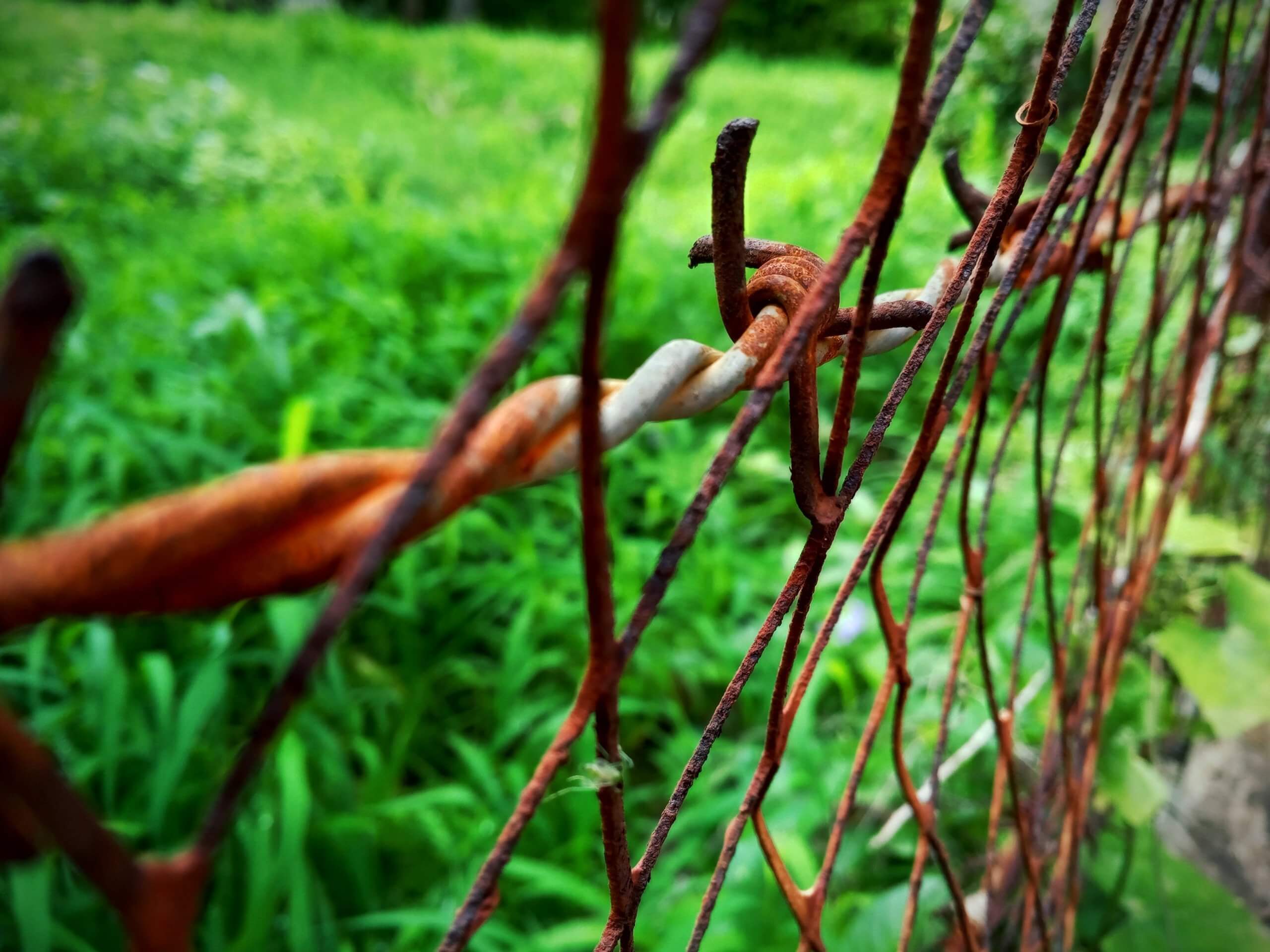
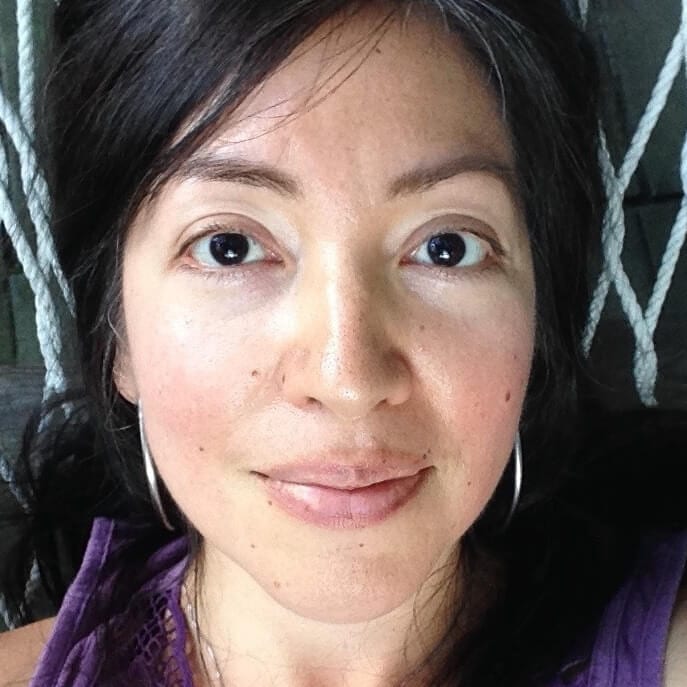

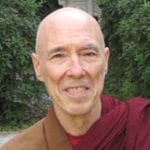
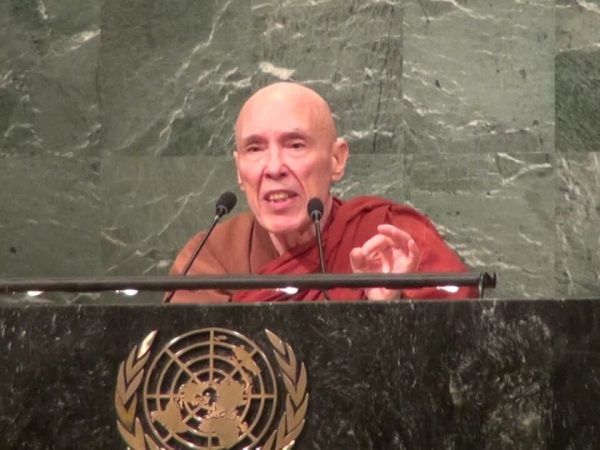
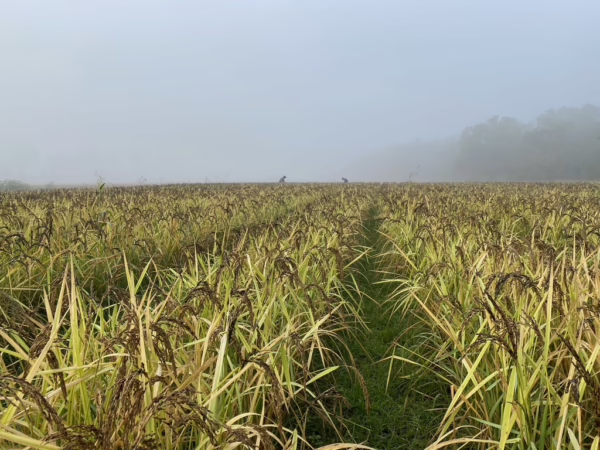

One Response
Thank you so much for this excellent piece of scholarship and skilful communication. As a white (Buddhist) settler who is building relationships and trust with indigenous allies in the mutual protection of Mother Earth, this piece has been very helpful in providing perspective and overview on that work, which is not easy yet very rewarding.